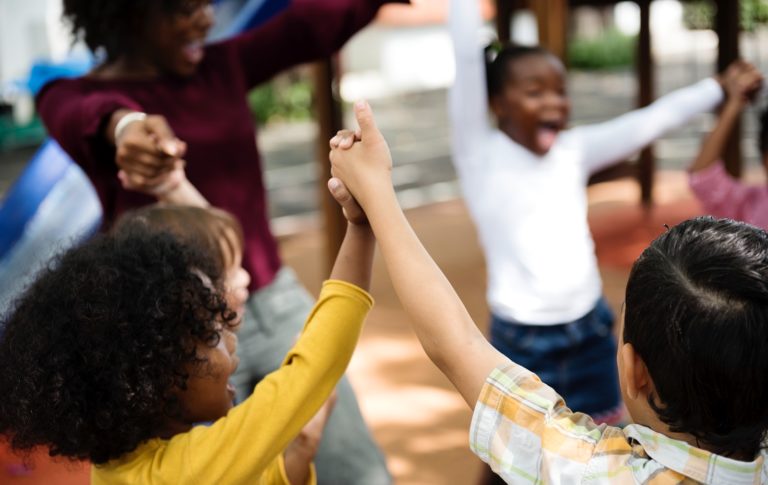By Danny Wagner
From Common Sense Education
Building SEL (social and emotional learning) skills such as communication requires face-to-face interactions, meaningful discussion, and reflection. Edtech is no complete substitute for that, but there are tools that can supplement the development of character in the classroom and at home. Communication isn’t just about using good grammar and spelling; it’s also about listening attentively and appreciatively, expressing yourself clearly and sensitively, and honoring differences.
While some tools focus specifically on communication, the websites and apps that you use daily (in all subjects) can be used to promote clear self-expression. You don’t have to stop using the tools you love or toss out your lesson or curricular plans to start developing SEL. Below we have included some tips, tools, and actionable ideas for seamlessly integrating communication and life-skill-building into your content classroom.
Why Communication?
Healthy communication is vital to thriving workplace communities; it is essential for effective collaborative classrooms as well. Knowing when and how to express yourself, recognizing nonverbal cues, and being able to discern what’s important when someone speaks can be key factors in building interpersonal relationships. Communication is also essential in keeping our communities safe: Read what happened when four students failed to report a gun in school. In the absence of understanding how to communicate issues — both big and small — our classrooms fail to function in a safe and open manner.
By practicing communication skills, students will get better at asking for help and expressing what they need, and over time they will develop the skills and confidence to tell you more clearly what they’ve learned in class. As students begin to express ideas in a persuasive way and respond gracefully to others’ reactions to their opinions, social change is possible. By fully engaging with and tackling community problems, they can work toward a more equitable world. You may not be able to see the outcomes of bolstering students’ communication right away, but the transfer to real-world situations will one day be undeniable.
Take Action
- Vary the speed and tone of your voice, pause during transitions, and maintain eye contact to model positive speaking.
- Brainstorm goals with students about what effective communication looks and sounds like; visibly post in the room.
- Actively listen to students, giving them your full attention even when you’re tempted to multitask.
- Make sure the technology you use doesn’t take the place of, but instead supplements, face-to-face interaction.
- Using our Digital Citizenship Curriculum? Both our student interactives and lessons already foster key SEL skills.
- Visit some other excellent SEL resources, including CASEL, Character Lab, Edutopia, and Ashoka.
- Think about the digital tools you’re already using in the classroom. Can you find a creative way to use them to model good communication? Check out our suggestions below!






